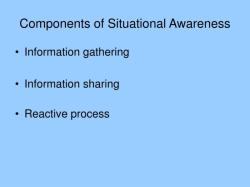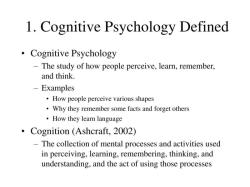Is fear the same as phobia?
Fear and phobia are related concepts, but they are not the same. Understanding the difference between them can help distinguish between normal fear responses and phobic reactions:
Fear:
- Fear is a natural and adaptive response to a perceived threat or danger.
- It is a normal emotion that helps individuals respond to potentially harmful situations by triggering the "fight-or-flight" response.
- Fear is typically temporary and may subside once the perceived threat has passed or been resolved.
- Examples of common fears include fear of heights, fear of spiders, fear of public speaking, and fear of failure.
Phobia:
- A phobia is an intense, persistent, and irrational fear of a specific object, situation, or activity.
- Phobias often result in significant distress and impairment in daily functioning, leading individuals to go to great lengths to avoid the object of their fear.
- Phobias are characterized by excessive or unreasonable anxiety triggered by the presence or anticipation of the feared object or situation.
- Unlike normal fears, phobias may not be proportionate to the actual danger posed by the feared stimulus.
- Common types of phobias include specific phobias (e.g., fear of flying, fear of needles), social phobia (fear of social situations), and agoraphobia (fear of being in situations from which escape might be difficult or embarrassing).
In summary, while fear is a natural and adaptive response to danger, phobia involves an exaggerated and irrational fear response that can significantly impact an individual's quality of life. While it's normal to experience occasional fears, phobias are characterized by persistent and overwhelming anxiety that can interfere with daily functioning and may require professional treatment to address.
Fear and phobias are related, but they have distinct characteristics:
1. Fear vs. Phobia:
- Fear: A natural and healthy emotion triggered by a perceived threat. It prompts us to take action to protect ourselves, like avoiding danger or taking precautions. For example, fearing a speeding car is natural and helps you stay safe.
- Phobia: An excessive and irrational fear of a specific object or situation that significantly disrupts daily life. Phobias often involve intense anxiety, avoidance behaviors, and physical symptoms like panic attacks. For example, having a phobia of dogs might lead to extreme anxiety, avoiding parks, and suffering panic attacks even around small dogs.
2. Key Differences:
- Intensity and irrationality: Fears are generally less intense and more rational than phobias. While you might dislike spiders, a phobia would involve extreme anxiety and avoidance even at the sight of a picture.
- Disruption of daily life: Phobias significantly interfere with daily life, limiting activities, work, and social interactions. Fears, on the other hand, might cause minor inconvenience but wouldn't significantly disrupt your life.
- Involuntary physical reactions: Phobias often trigger intense physical reactions like sweating, tremors, or heart palpitations, while fears typically don't involve such reactions.
3. Treatment and Management:
Both fears and phobias can be managed and treated:
- Exposure therapy: Gradually exposing yourself to the feared object or situation in a controlled and safe environment.
- Cognitive behavioral therapy (CBT): Identifying and challenging negative thoughts and beliefs associated with the fear or phobia.
- Relaxation techniques: Learning relaxation methods like deep breathing or meditation to manage anxiety.
- Medication: Antidepressants or anti-anxiety medication can be helpful in some cases.
Seeking professional help from a therapist or counselor is crucial for managing phobias effectively. Remember, fear is a natural human emotion, but phobias can be debilitating. With proper treatment, you can overcome these overwhelming fears and live a fulfilling life.












